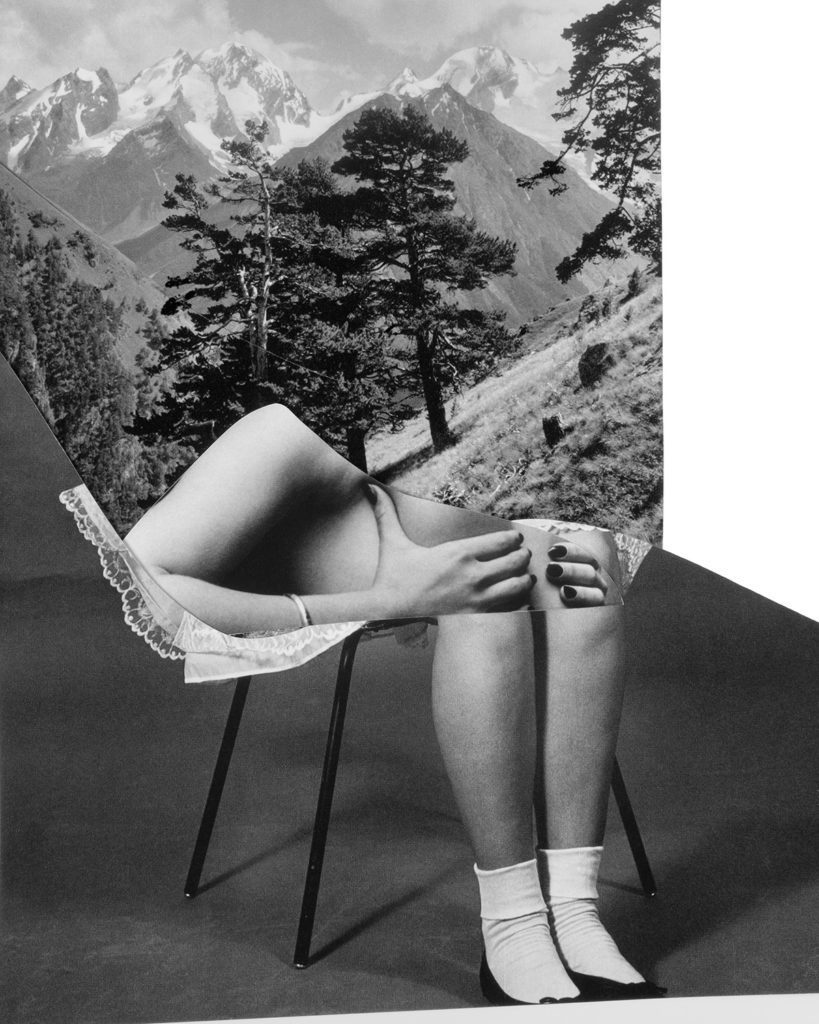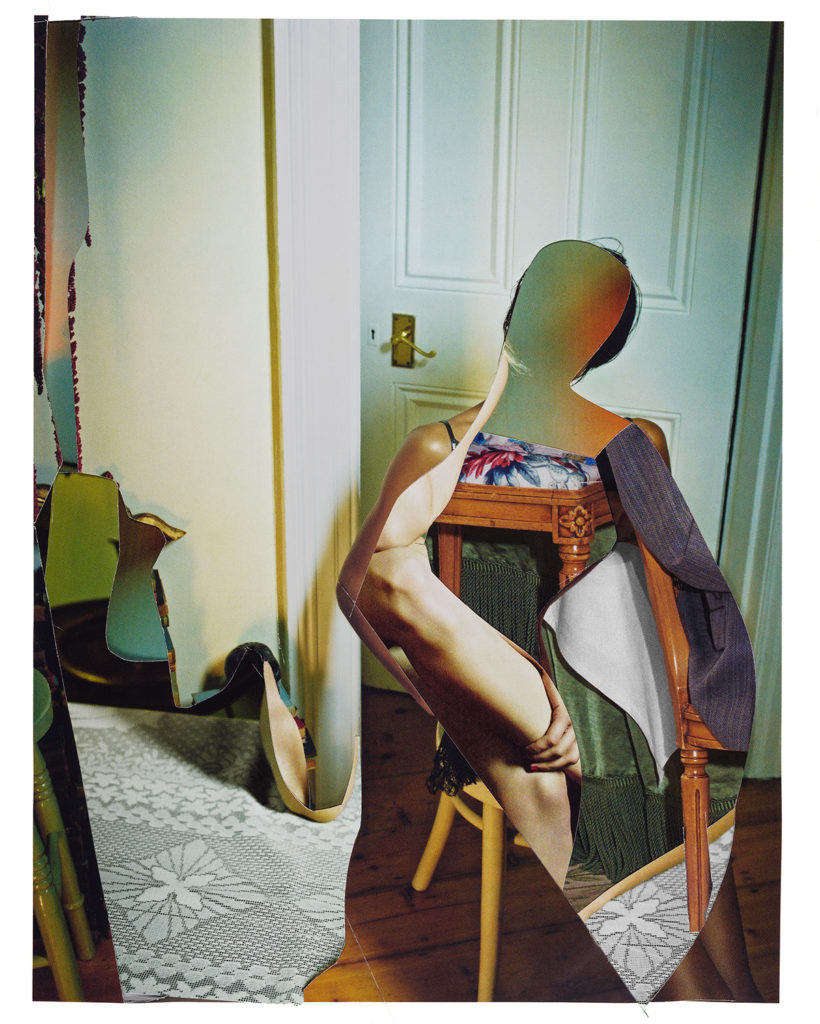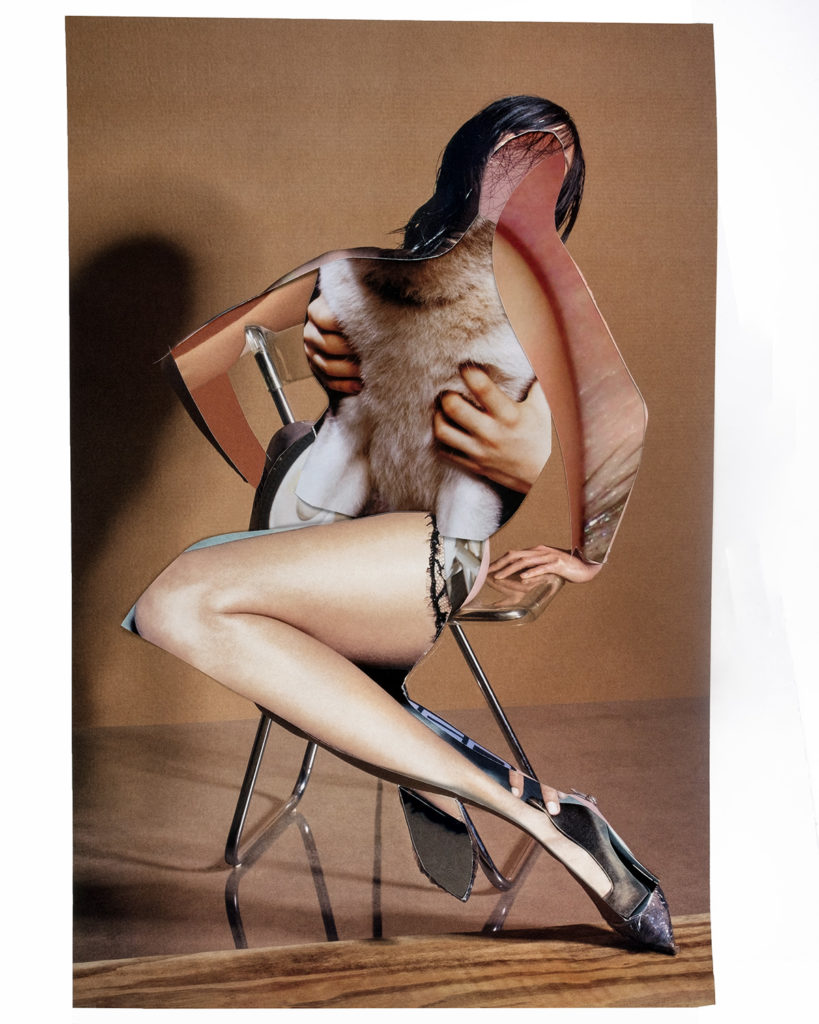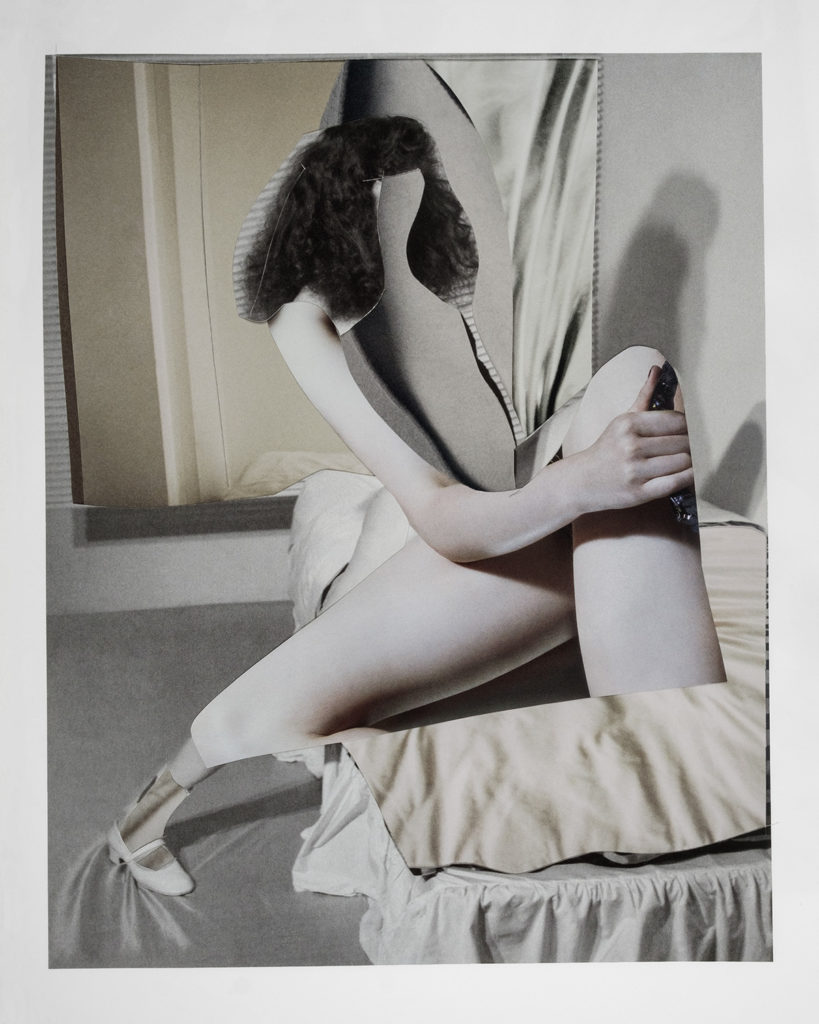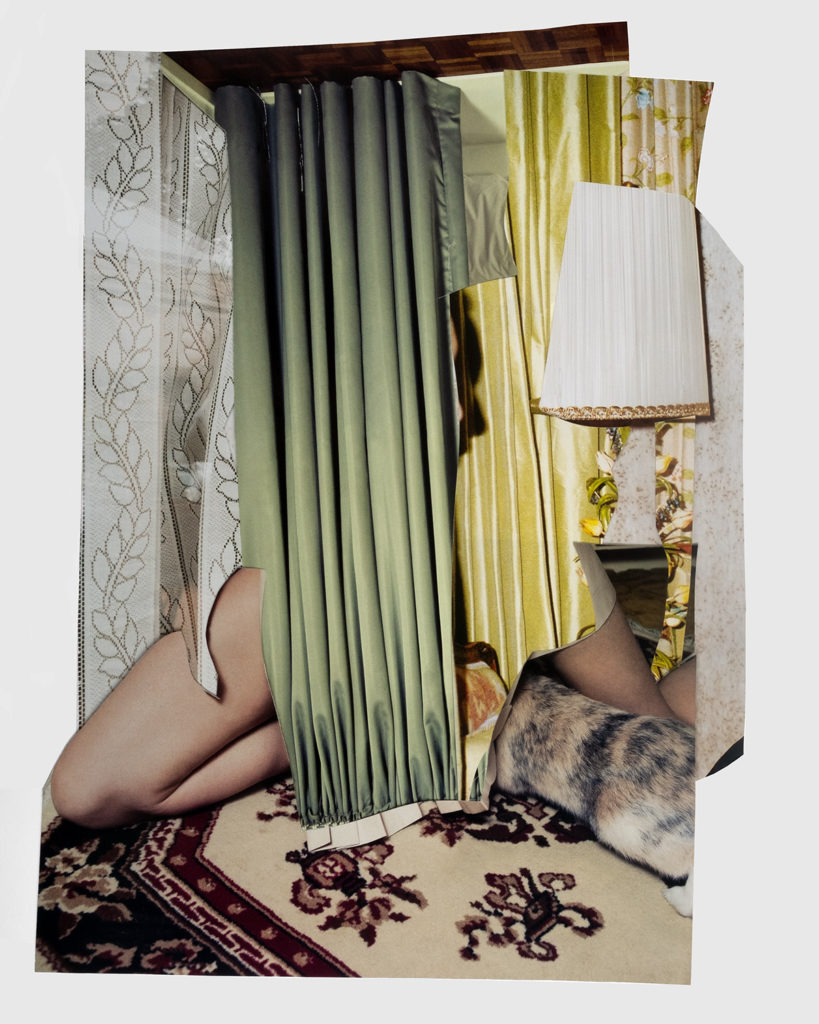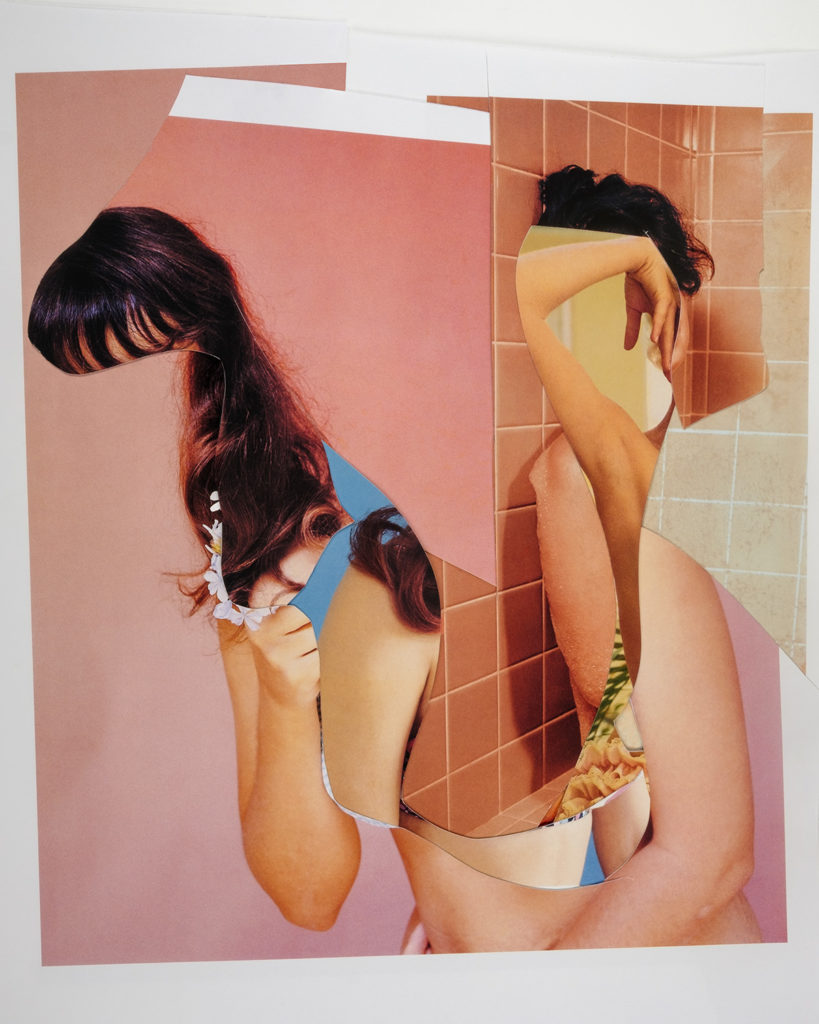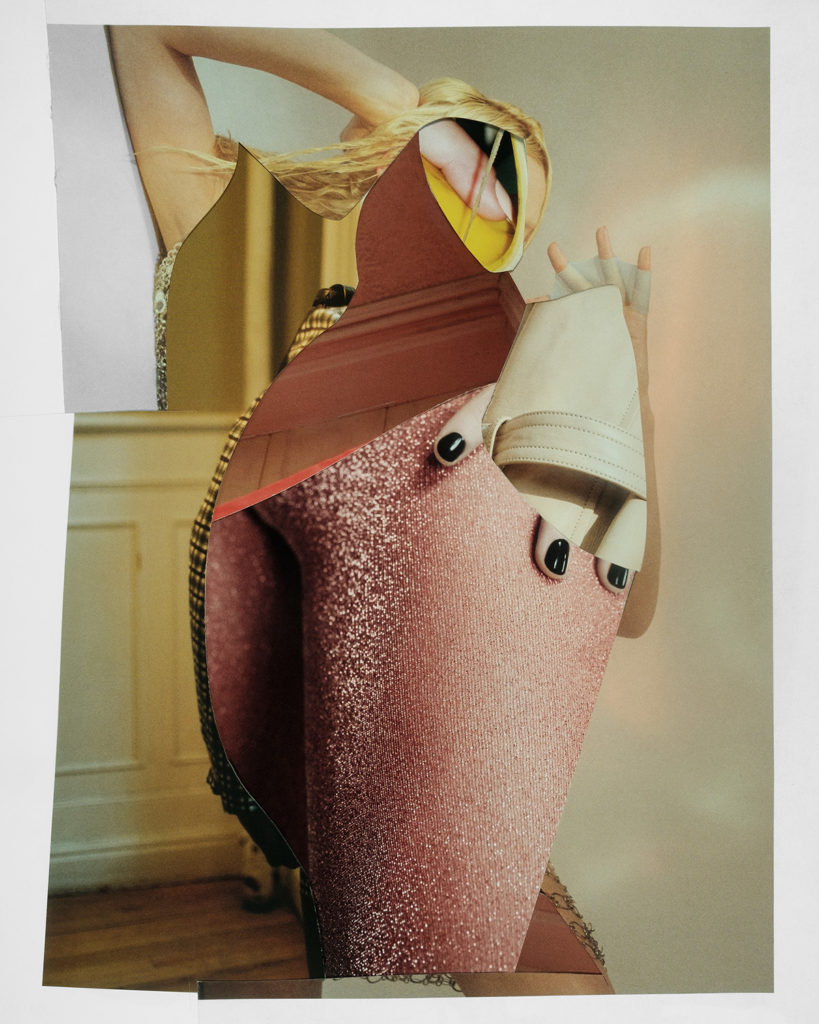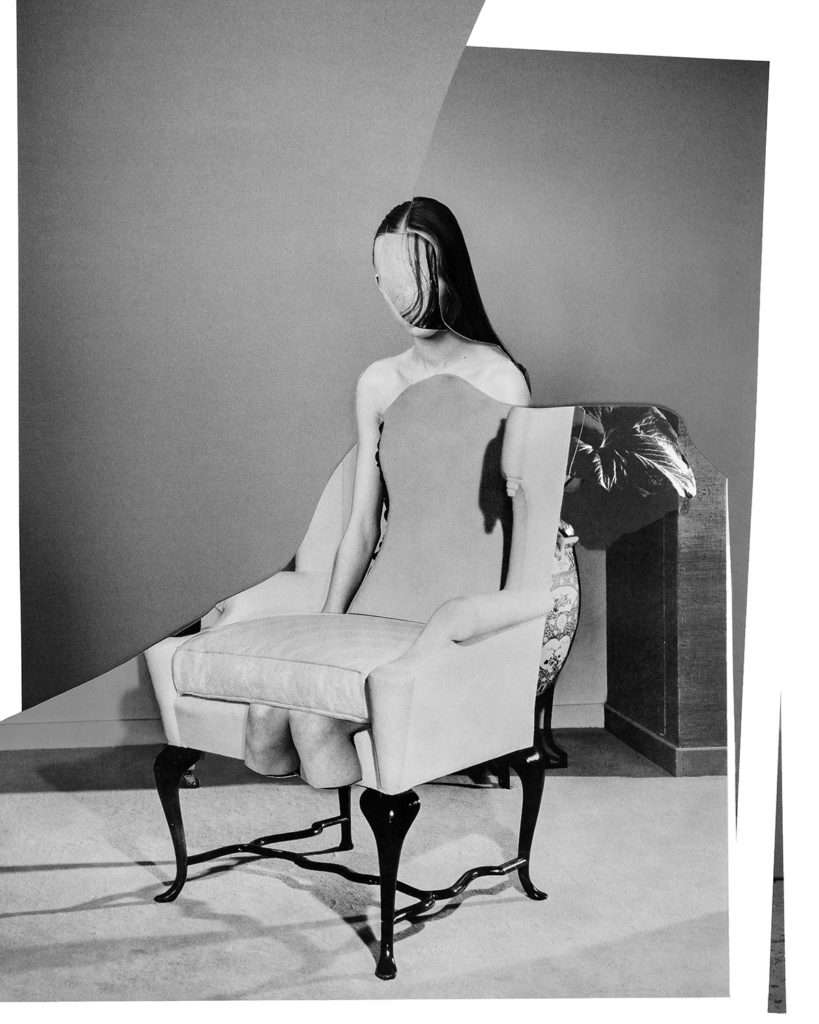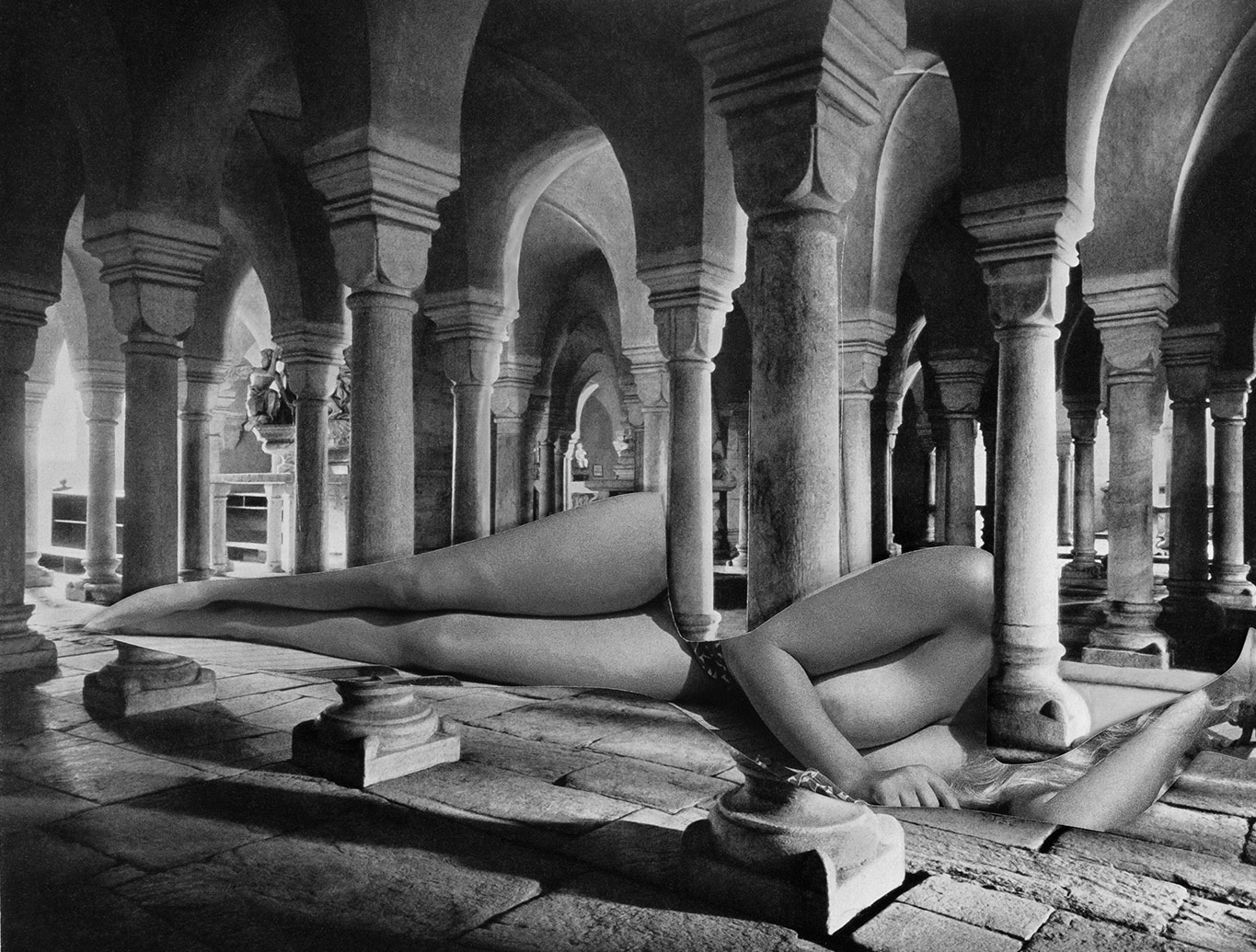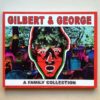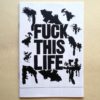TWS –Hi K, can you tell us something you’d like readers to know about you?
KY –I am a twin; it’s fundamental to who I am, and I see being one as an extraordinary stroke of good luck. I was in the right place at the right time. The concept of chance and coincidence has long since fascinated me. It’s become an integral part of my working process, and I’m pretty sure that this somehow stems from my feelings about being, and having, a twin.
TWS –My next question is rather silly, but haunts me for some time now each time I see your social media posts. K is for Kate? Kevin? Kyle? Kimberly? Other? Is hiding your name (and gender) a political statement or people just call you K?
KY –Not revealing much about my identity was a conscious decision which I made a few years back. It’s not about wanting to appear mysterious; it’s about limiting distraction and background noise. When I first brought my work to social media, I didn’t want its audience to be decided by an algorithm based on personal data, and so I withheld it. The result of this has been revealing. I was surprised by how people made incorrect assumptions regarding my gender, age – even my sexuality, based on looking at my work alone. It led me to believe that the reverse is probably true; that the disclosure of this irrelevant personal information could unduly shape the interpretation of the work, which is something I want to avoid. So yes, I am more than happy to be known just as K!
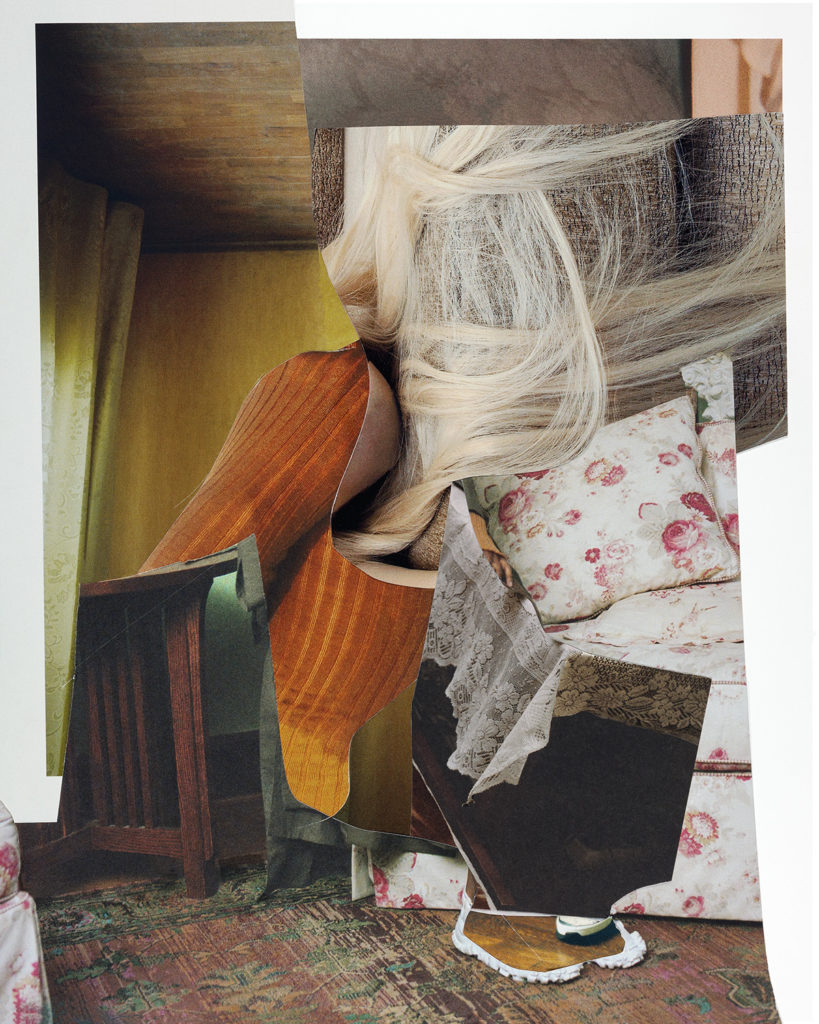
TWS –Being a Central St. Martins College of Art graduate, which was the path that led you to working with appropriation, photography and collage? Were this practices encouraged during your education, or were they somehow less important compared to other artistic disciplines?
KY –I have made collages since I can remember, but the experience that influenced my work most while I was at art college actually came from life drawing classes there. The tutor was inspiring; every week, he would bring along random objects which we had to incorporate into the drawing of the figure. This unpredictable juxtaposition threw up new ways of seeing and telling, which felt so liberating to me. I adopted this approach within my collages; it broadened my choice of subject matter, and I explored new ways of bringing disparate elements together.
At my college, there was no hierarchy at all to artistic disciplines; in fact, we were actively encouraged to find alternatives to them, and this has left me with the firm belief that any form of artistic expression is as valid as the next.
TWS –Your work has a special focus on the human body, experimenting with new ways of representing it. Can you expand on the relationship between bodies and your work?
KY –I am interested in how, as human beings, we are held by time and place, and within the social constructs which surround us all. I often use the figure to help outline these ideas around human existence. ‘Where’ and ‘why’ is more important to me than ‘who’, so I keep my depiction of the figure spare. I also avoid showing full faces in a hope to portray something broader than the individual. I usually work in layers to create a sense of depth and movement, and it is also my device for describing time; I want to tell the moment before as much as the actual moment itself.
TWS –I read that you work until a “different narrative emerges” from the images you work with. Is this search guided by issues you want to surface in your work? Or is it a more intuitive search without any pre-defined concepts to find?
KY –I rarely set out to construct a specific composition or image, and the final collage comes about after several distinct stages, which I see as being entirely separate to each other. Firstly, I collect the source material from a myriad of places, choosing imagery which appeals to me on a subconscious level alone, there is no plan. Next comes the cutting; it is an act of freedom without any directive. I do this with a very long Swann Morton surgical scalpel, which feels to me like painting with a brush. I keep these random cuts outs, sometimes for years, until the moment arrives when they fit, in some way, with whatever else I am using at the time.
I have several ways of constructing the actual collages themselves; sometimes I’ll ‘traditionally’ make them; arranging and sticking the pieces down, but other times I make freestyle collages directly under a copy stand camera. It’s a more intuitive process, with far fewer hits than misses. I like that once I take the photograph of them, the pieces return to being the random cut-outs which they are; it appeals to my fascination with chance and collision.
Despite this fractured and mostly unconscious process, I am aware that recurring themes do emerge from the work. And it always ends up being some reflection of what I am processing internally.
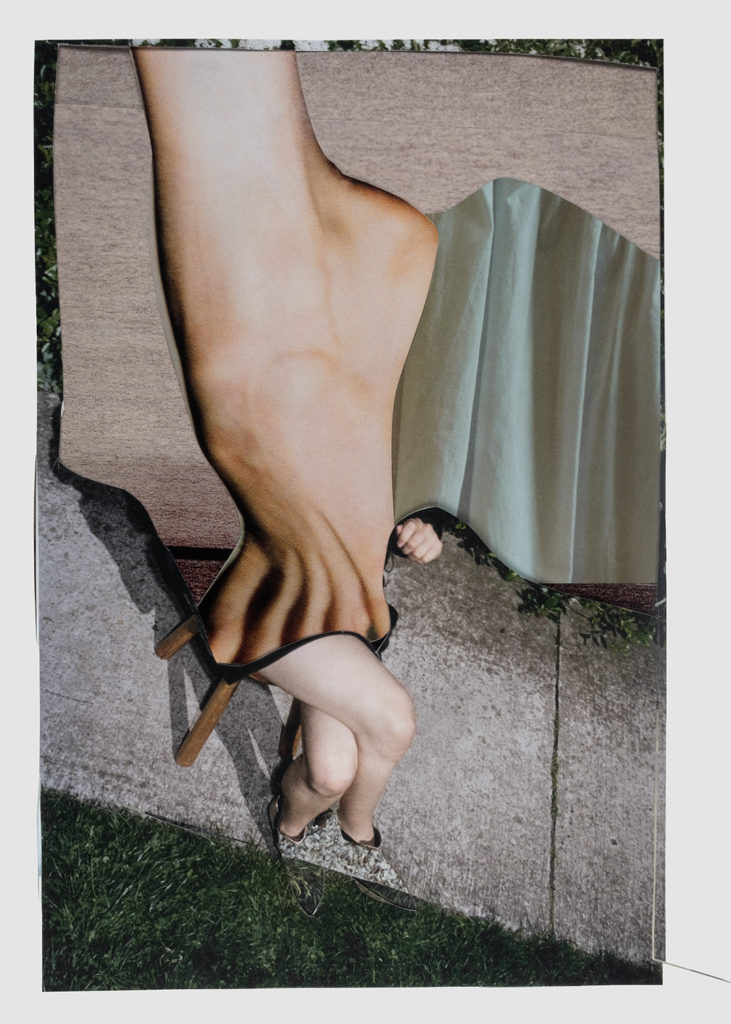
TWS –While a great amount of artists are working with vintage magazines and old paper, you work with images without clear time marks that don’t refer to an era or time period. What’s behind this decision? What do you look for when scouting source materials for your work?
KY –Using solely vintage material in a collage significantly affects how that image is perceived; its materiality is so inherent and robust that even if the artwork is trying to depict some futuristic event, it remains mostly about looking backwards. While I enjoy this genre of collage – I count John Stezaker as an all-time, collage hero – I am personally trying to minimise historical context. I think it is because my interest in time is more about a moment, rather than when that moment occurred. It is an active decision, which I am still developing, and so I am happy that you noticed it.
TWS –After finishing your collages, re-photographing is an important part of your work process. Which is the role of re-photography in your work? What this process has that completes your work?
KY –I am very interested in photography, both as an art form and a medium, and for a few years, I had a darkroom where I processed and printed black and white pictures. I take snaps of my collages and often look at them through a phone camera as they evolve because this detachment usually reals things I haven’t seen with my naked eye.
So when it came to documenting my work, I decided that rather than scanning it to make a faithful reproduction, there was an opportunity to make a photograph instead, and this opened up new creative potential.
After photographing the work, I shape these pictures in post-processing to bring everything together; in essence, painting with light. These ‘photographic paper collages’ as I call them, become something separate from the original collage. They are the same, yet somehow different. And by becoming a photograph, which I can also print to a scale beyond the original artwork, I can alter the viewers’ engagement with it. There is also something satisfying about the work coming full circle – in that the source material is returned to a photograph – which feels somehow respectful. On a more practical level too, I like that this final step gives the artwork archival permanency which an original collage can’t own.
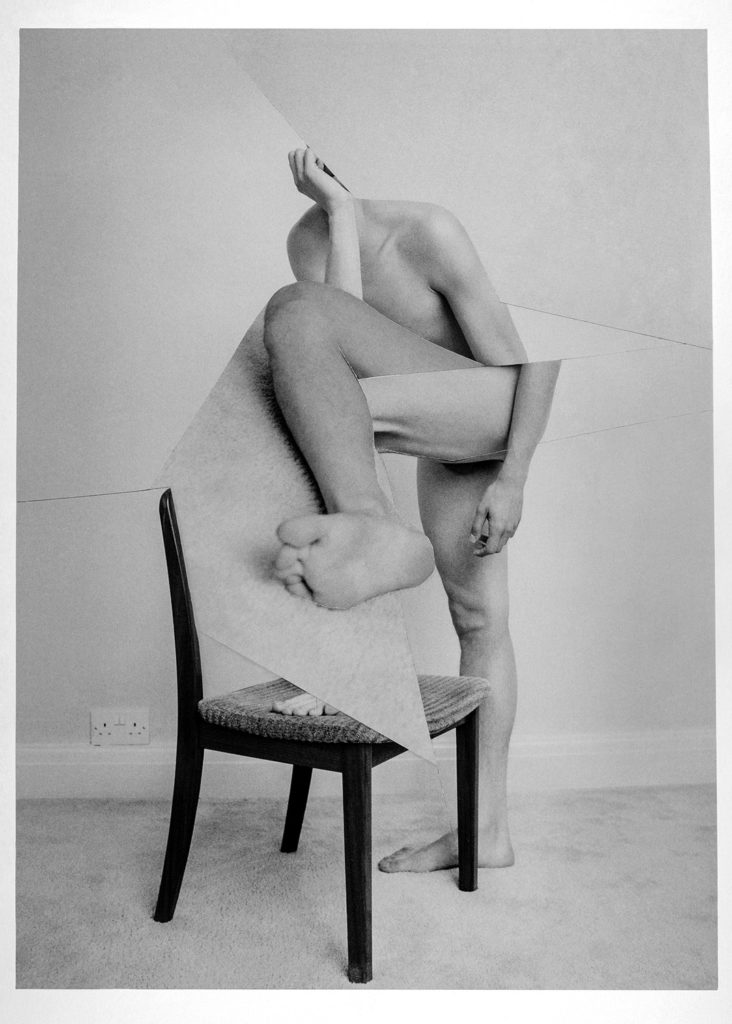
TWS –In 2020 the Covid-19 pandemic changed the way the art world worked for many artists. How did it affected you? How do you feel your art practice will be changed in short / middle term because of this global situation?
KY –I’m lucky in that I can make all of my work from home. In the beginning, I relished the headspace lockdown gave me; the extra time to think because the new daily routine brought fewer distractions, and in turn, I was more productive. As time went by though, and the gravity and then the monotony, of the situation, unfolded, I found it all quite destabilising, so many things were either cancelled or shelved, and it was hard not become despondent. Things are slowly returning to some sense of normality now, and there are tentative signs of optimism. My old routine is gradually returning, though I am not sure things will be the same again for a good while yet. All we can do is adapt to change while we try to keep moving forwards.
TWS –What’s your definition of collage?
KY –My definition of collage is the repurposing of anything existing into a new form. My definition of a good collage is when that new form becomes something which truly transcends being the sum of its parts.
Find more K Young at his/her website or instagram,
